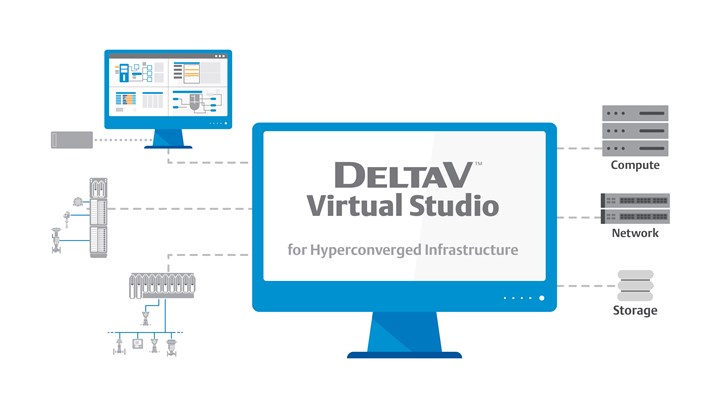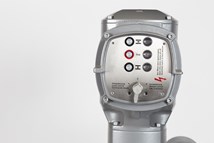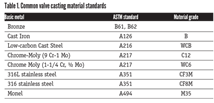Enhanced Software Helps Unlock the Benefits of Control System Virtualization
Control personnel can quickly deploy a virtualized infrastructure that improves performance while also future-proofing their operations.
#VMAnews #controls

With the latest release of Emerson’s DeltaV Virtual Studio, control personnel can quickly deploy a virtualized infrastructure that improves performance while also future-proofing their operations. That’s because this software now incorporates support for hyperconverged infrastructure (HCI), helping overcome the traditional hurdles associated with the virtualization process.
Manufacturers have long understood the value of virtualization, but when it comes to virtualizing control systems, the process has typically been costly and complex, requiring a high degree of IT expertise. Recognizing these challenges, Emerson designed the latest version of its Virtual Studio software with enhanced automation for easy setup and maintenance of virtual DeltaV systems. Virtual operator workstations and application servers can be created using templates without software installation and added to the control network without complicated virtual network mapping.
Leveraging the software, manufacturers can:
- drive performance with a unified virtualized system incorporating compute power, network configuration and storage into a single tightly integrated platform that enables more efficient system deployments in production, development, testing and training environments.
- reduce energy usage with a smaller hardware footprint resulting from the consolidation of workstations on host servers to reduce computer hardware.
- achieve higher availability by reducing recovery times for workstations with automatic failover.
- dynamically grow their environments with a scalable infrastructure that offers configuration flexibility and doesn’t disrupt operations.
Learn more about Emerson’s DeltaV Virtual Studio for Hyperconverged Infrastructure by clicking here.
RELATED CONTENT
-
Free VMA Webinar: Valve Materials, Part 2
Tuesday, June 7, 2022 at 3 p.m. EDT.
-
Virtual Valve Forum and Basics Event Draws Attendees from Across the Industry
More than 200 people from across the valve industry participated virtually in the VMA Valve Forum and Valve Basics event, which included 4 days of presentations on technical, manufacturing, management and marketing, valves 101, and valve repair.
-
Using Additive Manufacturing for Valve Repairs Across the Globe
Printing components on-site will allow for faster repairs and parts replacement for critical applications.







 Unloading large gate valve.jpg;maxWidth=214)


